Interview: Beppe Giacobbe
The illustrator discusses visual paradoxes and his new monograph

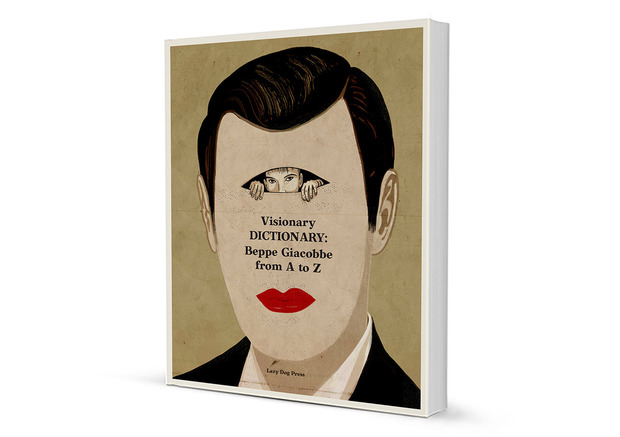
“Visionary Dictionary: Beppe Giacobbe from A to Z” is the first monograph dedicated to the art of illustration master Beppe Giacobbe. Born in Milan in 1953 and having studied at the Accademia di Brera in Milan and the School of Visual Arts in New York, Giacobbe is renowned and appreciated because of his works for The New York Times, The New Yorker, Corriere della Sera, Courrier International and more. His surreal approach makes him one of the most respected artists for editorials.
In celebration of the launch of his first retrospective publication, CH had the chance to interview Giacobbe, to better understand the relationship between images and words.
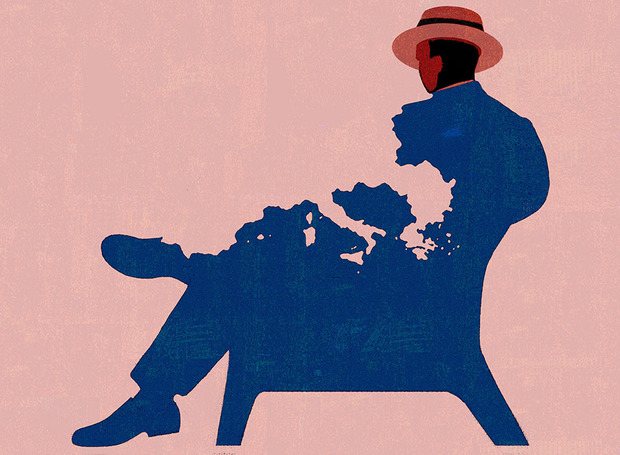
Your work is often a balance between vision and psyche; what is—for you—the relationship between an idea and its visual representation?
The text introduces a topic and the idea should come from there. The idea of how to develop an image comes from my opinion on the subject and then with my work I have take a standpoint on it. I always look for a “visual trap” that connects to the theme to be treated, able to communicate directly with the neuro-visual system of the reader. I use visual paradoxes in order to capture the reader’s attention, but first of all I have to understand what are the boundaries of the banality of that topic. The illustration should never be a simple caption to the text, but an original interpretation of it.
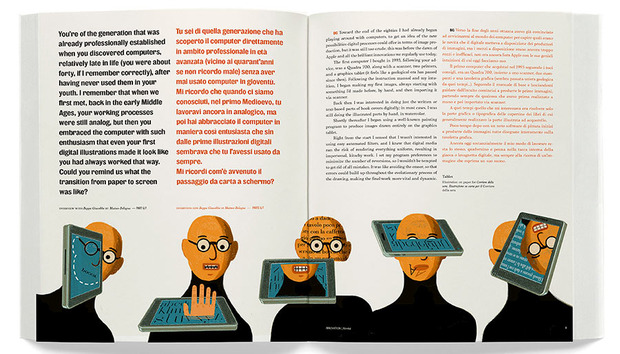
If you just do a superficial search on the internet, you can get an idea of what is the standard of banality in the representation of a topic. To make a very basic example, if I do a search on the word “death,” I have a number of answers, images and texts. After a quick glance, here is the standard of banality on the subject: gravestones, a broken line, a cross, etc. I need this to figure out how to dissociate myself from the banality and not to fall into it. The challenge is this: to get away from the norm but represent a concept, an idea, an opinion, however, using a language that is as universal as possible because the image comes before the text in visual perception.
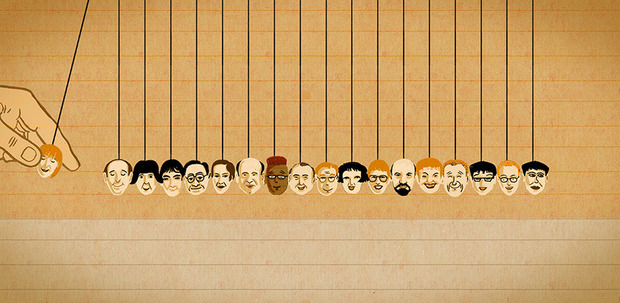
In your work there are also many “high” artistic references. What are the artists or artistic movements you take into consideration?
I love the color of 14th century art with the golden plates by Simone Martini, but I also appreciate the surrealist photography of Man Ray and others, or dreamlike collages by Jiří Kolář. Paul Klee because he sensed that the drawing is an organism that has its own life. “The Brutality of Fact” by Francis Bacon is a founding text to which I sometimes return, as well as the aphorisms by Elias Canetti where I find oxygen when in search for paradoxes. Anonymous popular African art is a world that fascinates me: I look at it for the greatness of its simplicity and synthesis.
Then there are the “great” illustrators like Brad Holland, the first conceptual illustrator who has not lost the characteristics of a great painter. Milton Glaser, multifaceted character of various talents, has innovated communication using tradition, but along new roads. Saul Steinberg for the biting irony, and also for its benevolent tenderness.
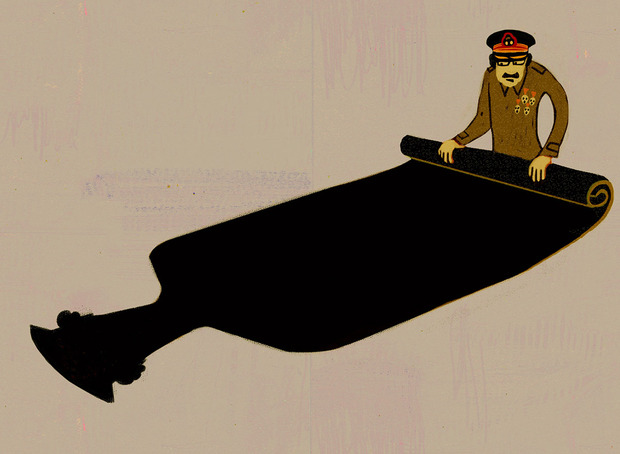
Are your illustrations more analog or digital? What is the balance between classical techniques and digital graphics?
This is a complex issue. I started working in watercolor and this defined me in my approach to making projects. Different from the computer, with watercolor there is no opportunity to take a step back; you can’t undo or delete. You have to be concise and be able to de-structure interventions in the construction of the whole, through a reasoned path. But it is also the technique that most of all makes you think of chance and luck, and it’s up to you to seize it. It’s just the opposite of digital techniques, but without that lesson I might not have been able to grasp certain aspects of computer use.
The medium is closely linked to the chain of production and therefore today it is an obliged choice. In the world of newspapers, with ever shorter timings for implementation and delivery, it would be unthinkable not using the same tools. This is a challenge that the computer only, as a painting medium, allows you to understand and deal with.
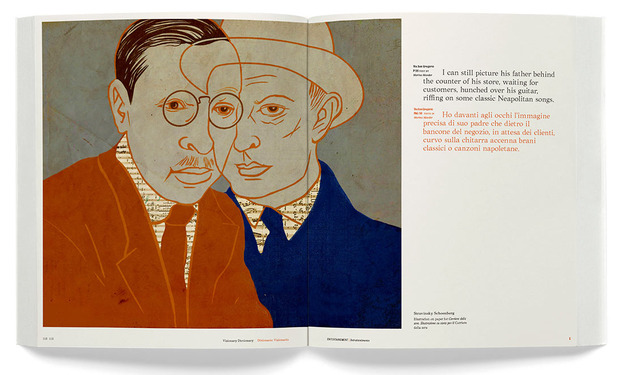
“Visionary Dictionary” is your first monograph. What was the criterion for the selection of works?
I didn’t choose them, I just sent a wide selection of my recent years of work. I trust my staff and I’m always curious about the external sight of the people around me. As Klee said, “Every image, once it is completed, lives its own life and is part of the world.” So it is not important for me to choose them; indeed, it may be more interesting when others do. Of course, I worked in synergy with the editorial group [at Lazy Dog] and with the authors of texts, but always tried to listen to their visions and never imposing my own. The result satisfies me a lot, as I liked to see the development that the book has taken in time, to the final result.
What job have you never been commissioned for, but would like to do?
The special correspondent in Long Island whose pen portrays people walking by the sea.
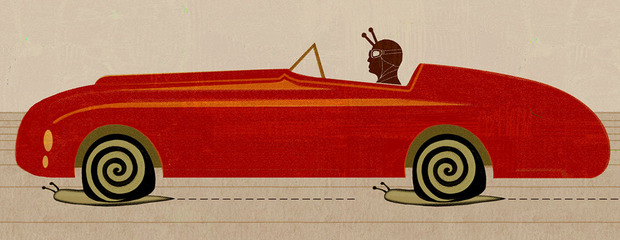
The book will be presented on 11 December at Books Import in Milan. On this occasion, the windows of the bookstore will be decorated with the work of Giacobbe’s heirs, the new wave of Italian illustrators, such as Luca Barcellona, Alice Beniero, Chiara Dattola, Emiliano Ponzi and Olimpia Zagnoli.
“Visionary Dictionary: Beppe Giacobbe from A to Z” is published by Lazy Dog and will be released 2 December 2013 for €55. Pre-order a copy to receive the discounted price of €45. The text is in both English and Italian.
Images courtesy of Beppe Giacobbe












